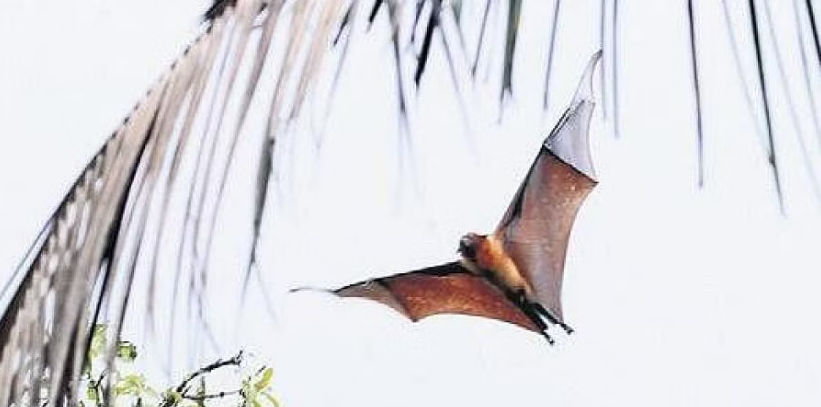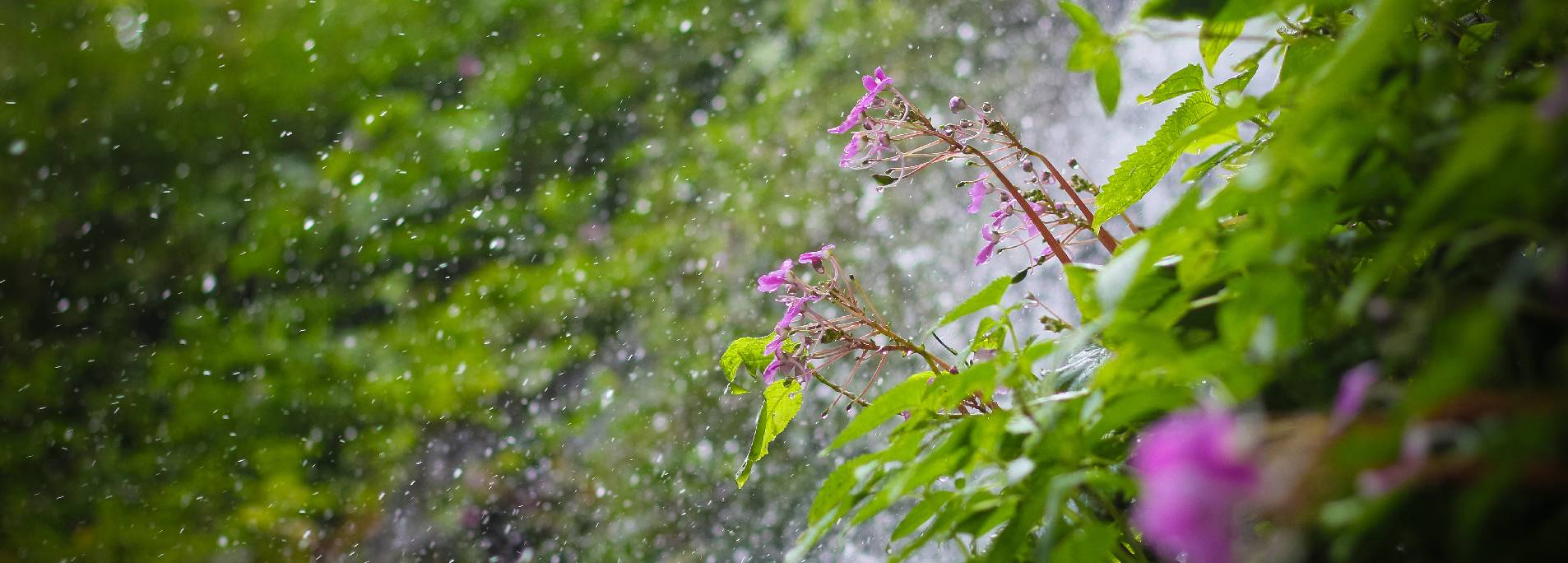Proper identification of species and insights into their ecological roles are important to counter superstition and fear of bats, say wildlife biologists, who aim to bring about effective conservation strategies through training scholars in taxonomy, genomics, acoustics, and monitoring techniques.

Myth, superstition, and zoonotic diseases such COVID-19 and the Nipah virus infection, have created a negative impression of bats. The fallout is that these nocturnal, flying mammals are losing their habitat and their numbers are falling.
On a clear-the-air campaign for bats, a team from Kerala is on a mission to train the next generation of bat researchers and to create awareness about the species’ diversity and ecosystem functions. The Kerala State Council for Science, Technology and Environment and the Kerala Forest Research Institute (KFRI), Peechi, Thrissur, have recently organised training programmes on bat taxonomy, acoustics and biogeography.
Peroth Balakrishnan, head of the Department of Wildlife Biology at KFRI, said, “The programme served as a platform to equip researchers with the necessary skills and knowledge to tackle these challenges head on. We conducted such a campaign last year too. We are proud to continue fostering passionate young individuals dedicated to bat research and conservation.”
Details
This World Nature Conservation Day, TNIE reporter Mahima Anna Jacob takes a look at some small wonders of wildlife that call for enhanced research and conservation efforts
By Mahima Anna Jacob
KOCHI: This World Nature Conservation Day, TNIE reporter Mahima Anna Jacob takes a look at some small wonders of wildlife that call for enhanced research and conservation efforts.
Details
From midnight herping tours to a citizen’s registry and a coffee named after a species, frog conservation efforts are afoot this monsoon
By ANASUYA MENON
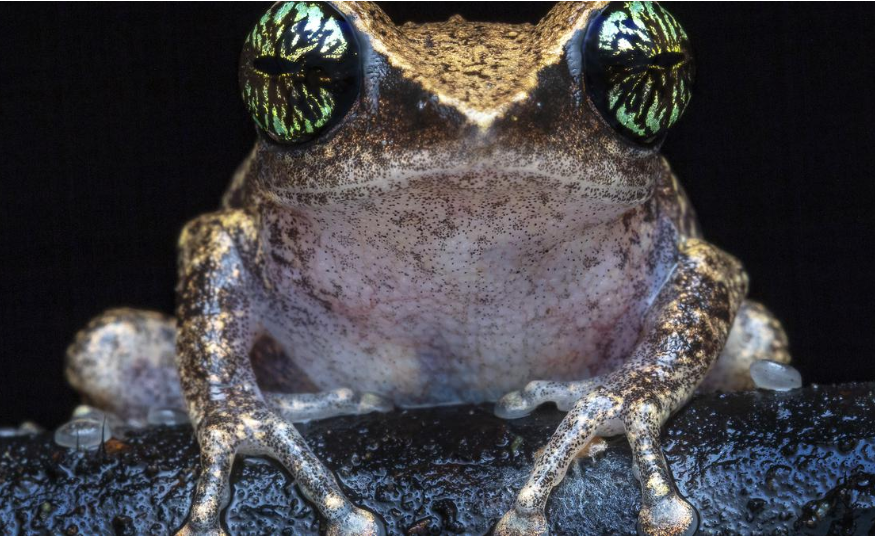
You know monsoon has truly arrived in Kerala when the nights reverberate with the orchestra of the frogs. Or do you? With habitat destruction and anthropogenic climate change, is the seasonal symphony still as loud?
DetailsThe institute is on a mission to dispel myths associated with bats and create awareness of their diversity, ecosystem functions, threats faced by the flying mammals
MINI MURINGATHERI.
Bats have been cloaked in superstition since ancient times. Their nocturnal nature and spooky appearance place them in horror stories.
The Kerala Forest Research Institute (KFRI) is on a mission to dispel myths associated with bats and create awareness about their diversity, ecosystem functions, and threats faced by them.
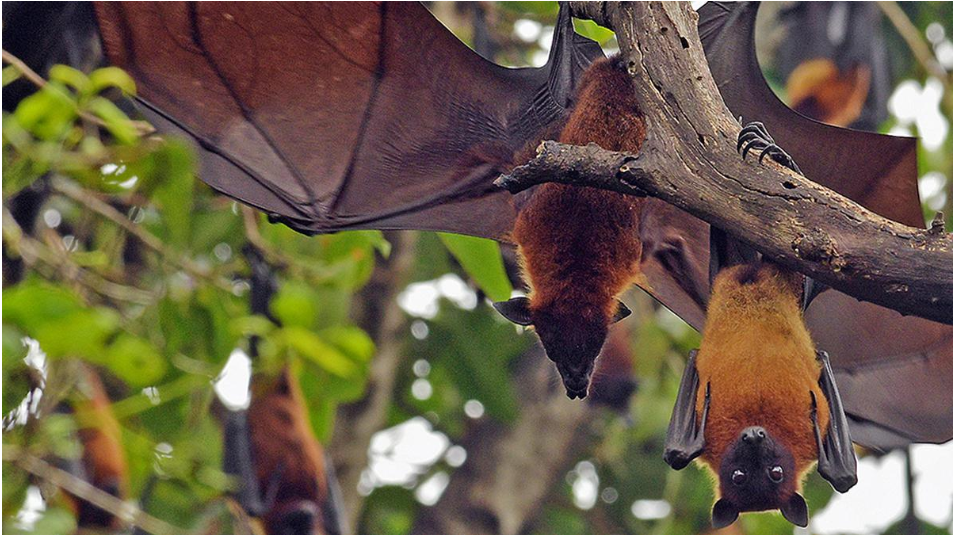
By MINI MURINGATHERI
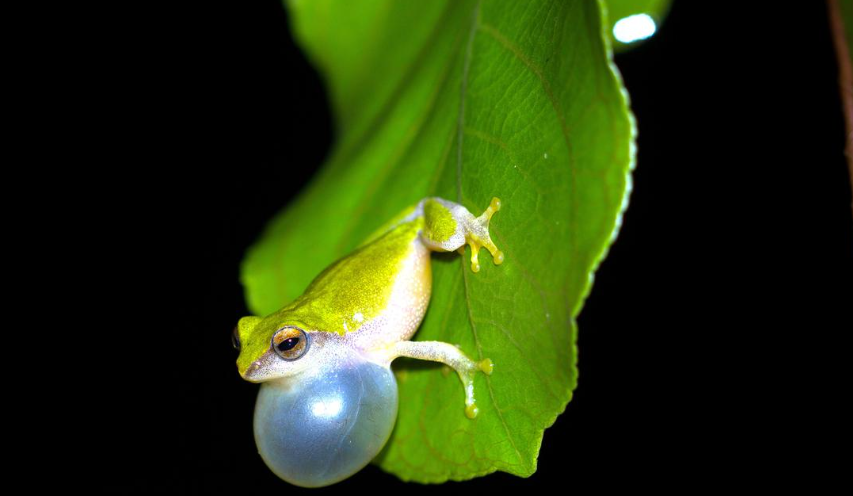
Frogs play a vital role in maintaining the ecological balance. But there is a lack of awareness about the amphibians. The Centre for Citizen Science and Biodiversity Informatics at the KSCSTE-Kerala Forest Research Institute (KFRI) now provides an opportunity for the public to understand about the frogs found in Kerala.
The KFRI is hosting ‘Monsoon Croaks BioBlitz’ with the aim of mapping the diverse frog species found in the State with public participation. The monsoon season is a crucial period for frogs as it marks their breeding season and peak activity.
Emphasising the importance of frogs in our ecosystems, Peroth Balakrishnan, Head of the Department of Wildlife Biology and coordinator of the Centre for Citizen Science and Biodiversity Informatics, KFRI, notes: “Frogs are excellent indicators of the health of our wetlands and ecosystems. By mapping their distribution, we can better protect their habitats and work towards conserving them.”
Details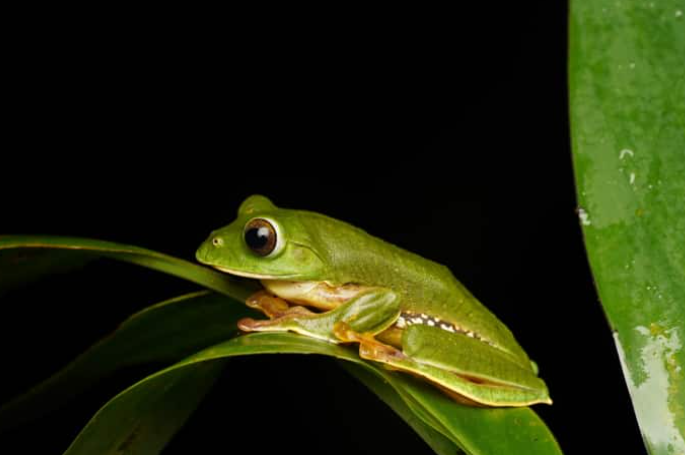
With the monsoon season approaching, the Centre for Citizen Science and Biodiversity Informatics at the KSCSTE-Kerala Forest Research Institute has launched the mapping of frogs in the state.
The objective of the programme called “Monsoon Croaks BioBlitz” which started on June 5 and will end on September 2, is to map the diverse frog species through public participation. Monsoon is an appropriate period for mapping as during this crucial time these amphibians breed and their activity is at the peak.
Emphasising the importance of frogs in the ecosystems, Dr. Peroth Balakrishnan, HoD of Wildlife Biology and Coordinator of the CCSBI at KFRI observed: “They play a vital role in maintaining the ecological balance and they are excellent indicators of the health of our wetlands and ecosystems. By mapping their distribution, we can better protect their habitats and work towards conserving them.”
Details
Participants of all ages, regardless of their location, can contribute by capturing photographs of frogs and tadpoles or recording the calls of different frog species they encounter.
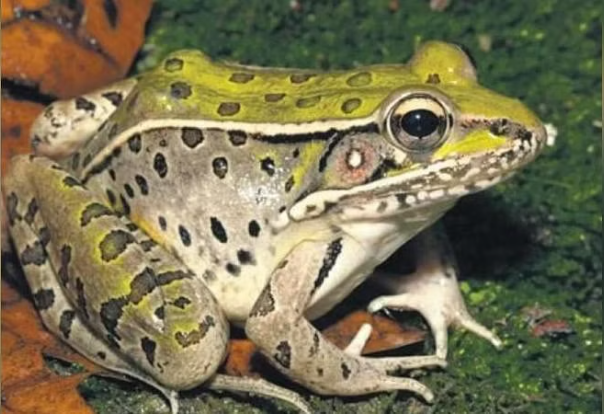
KOCHI: The Kerala Centre for Citizen Science and Biodiversity Informatics under the Kerala Forest Research Institute (KFRI) will launch “Monsoon Croaks BioBlitz,” a citizen science drive for mapping the diverse frog species in Kerala on Monday.
“Frogs play a critical role in maintaining ecological balance and act as indicators of wetland and ecosystem health. By mapping their distribution, we can enhance the protection of their habitats and contribute to their conservation,” said KFRI wildlife department head Peroth Balakrishnan.
“The habitats outside protected areas play a significant role in the survival of several red-listed species, including the purple frog, Malabar torrent toad and Anamalai Gliding Frog,” said researcher Sandeep Das who has done extensive study on the endangered species of the Western Ghats.
Details
Research highlights the perils posed by the loss of large cavity-bearing trees
By MINI MURINGATHERI
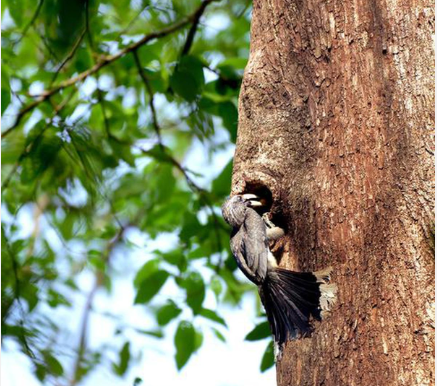
Loss of large old trees, with cavities that harbour a wide variety of species, has become a concern in many ecosystems.
According to research conducted by a team of scientists led by Peroth Balakrishnan, scientist and head, Department of Wildlife Biology, Kerala Forest Research Institute, 517 species, which is about 18.4% of terrestrial vertebrate species of India, use tree cavities.
DetailsBy Aathira Haridas
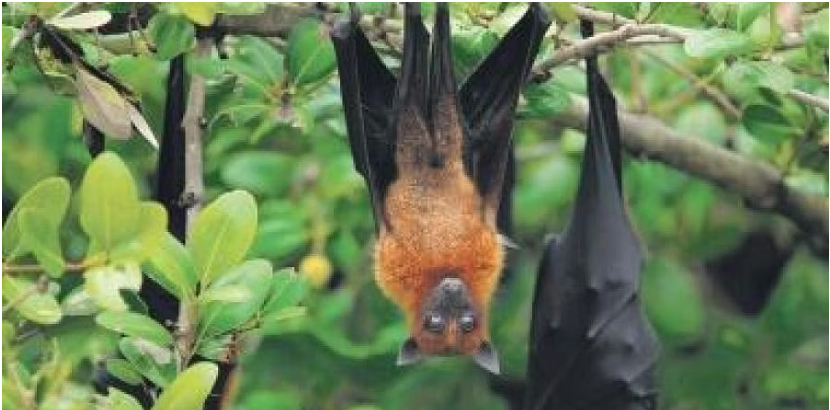
KOCHI: It’s time to check out the bat roosts near your home! In a unique move, a citizen science initiative is being launched where the local residents are being included into a bat conservation project. All one needs to do is to visit the bat roosting sites, share the details in a form floated by the organisation — you just did your bit to protect the bat species Indian Flying Fox.
The project is being launched by the Kerala Forest Research Institute’s (KFRI) Department of Wildlife Biology. Titled ‘The Fruit Bat Project’, it is initiated by the Centre for Citizen Science and Biodiversity Informatics in association with the Conservation Leadership Programme and is headed by Dr Balakarishnan P, scientist, Department of Wildlife Biology.
DetailsNithin has been conducting research on Salim Ali’s Fruit Bat since 2021 after getting a grant from the CLP.
THIRUVANANTHAPURAM: Bats are widely misunderstood creatures, with a significant section of the human race confounded by the mammal. And ‘Sally, the fruit bat’ is here to dispel all kinds of myths surrounding the mammal. Wildlife researcher Nithin Divakar has initiated a project on social media to bring some goodwill to the mammal. An Insta page titled @bat_conservation_kerala has been started by the researcher where fruit bat Sally, a character created for the project, will introduce the ‘bat world’ to the public.
